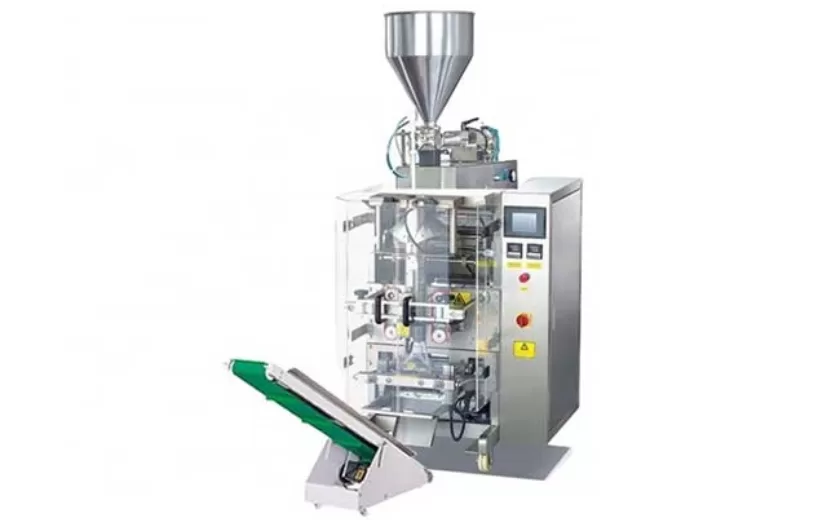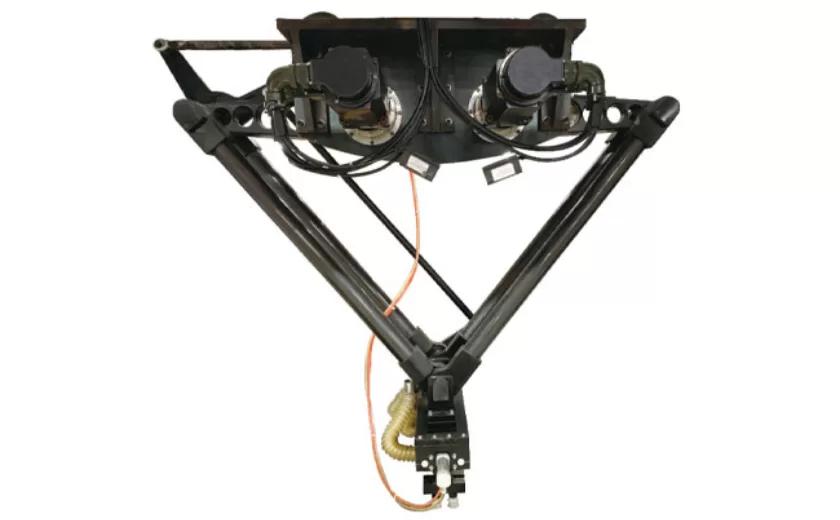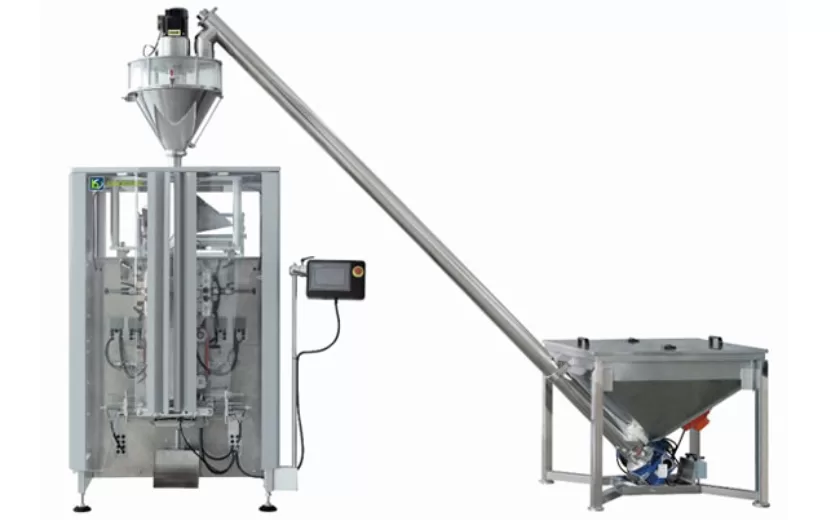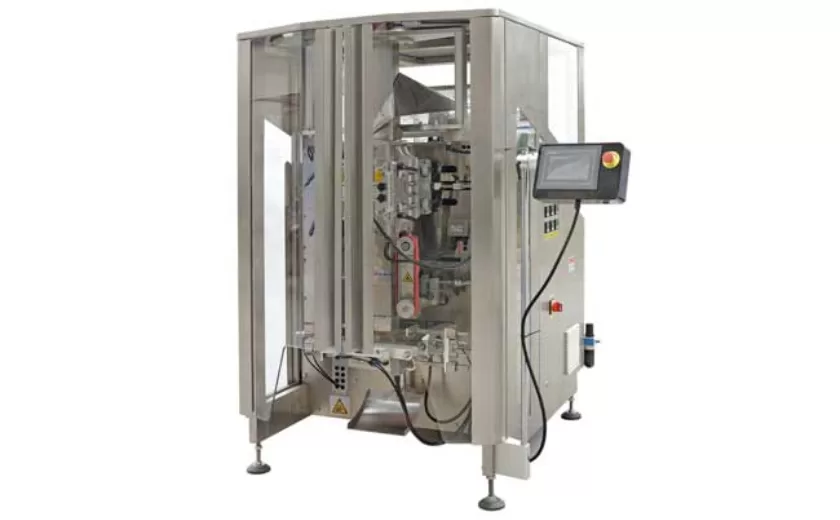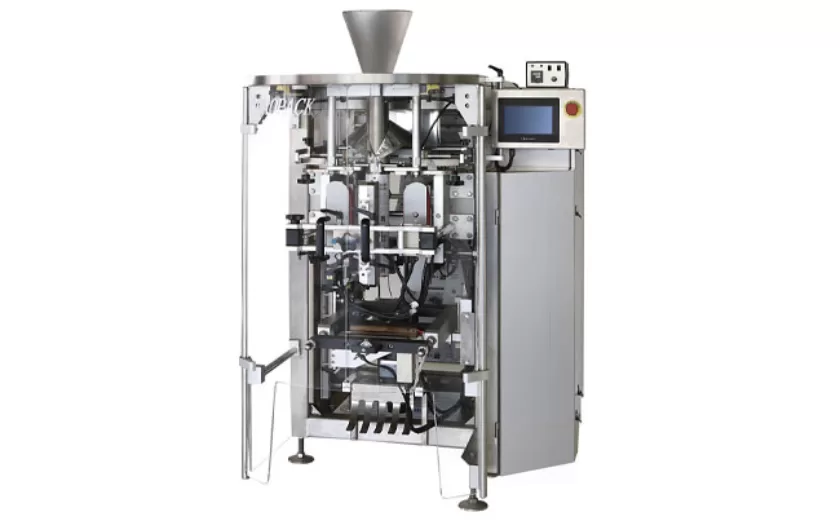How to Maximize Efficiency with Tomato Paste Packaging Machines
Achieving Peak Performance in Your Tomato Paste Production
In the competitive food industry, maximizing efficiency is paramount. Tomato paste packaging machines play a pivotal role in streamlining production and minimizing waste. By optimizing their operation, manufacturers can unlock significant productivity gains and enhance profitability.
1. Precision Maintenance:
Routine maintenance is the cornerstone of efficient machine performance. Implement a comprehensive maintenance schedule that includes regular cleaning, lubrication, and inspection. Predictive maintenance technologies, such as vibration monitoring, can detect potential problems early on, preventing costly downtime.
2. Operator Training:
Well-trained operators are essential for maximizing machine efficiency. Provide comprehensive training programs that cover proper operation, troubleshooting, and safety protocols. Empowering operators with the necessary knowledge and skills ensures smooth and efficient production.
3. Automation Integration:
Leverage automation to reduce manual labor and minimize errors. Integrate your tomato paste packaging machines with other production processes, such as filling, labeling, and palletizing. Automation streamlines operations, increases speed, and reduces the risk of human-induced mistakes.
4. Capacity Optimization:
Analyze production data to identify bottlenecks and maximize machine capacity. Adjust production schedules to match machine capabilities and avoid overloads that can lead to breakdowns. Consider investing in additional machines to handle peak demand periods.
5. Material Optimization:
Ensure a consistent supply of high-quality tomato paste to minimize interruptions. Optimize the flow of tomato paste into the machines to avoid delays and ensure smooth operation. Consider using hopper level sensors to monitor paste levels and trigger automatic refills.
6. Data Monitoring:
Implement data monitoring systems to track machine performance, identify areas for improvement, and optimize maintenance schedules. Collect data on operating hours, downtime, and output to pinpoint inefficiencies and make informed decisions.
7. Continuous Improvement:
Foster a culture of continuous improvement within the team. Encourage feedback from operators and maintenance personnel to identify areas where processes can be further streamlined. Implement regular audits and seek industry best practices to drive continuous improvement efforts.
:
By following these guidelines, tomato paste manufacturers can maximize the efficiency of their packaging machines, reduce waste, and increase productivity. Precision maintenance, operator training, automation integration, capacity optimization, material quality management, data monitoring, and continuous improvement are key pillars to achieving operational excellence in the tomato paste industry. By implementing these strategies, businesses can unlock significant performance improvements, drive profitability, and gain a competitive advantage.
-
Advanced Packing Solutions: Snacks, Sugar, and Frozen Food Machines
29-10-2025 -
Efficient and Reliable Solutions for Salt, Nuts, and Frozen Dumplings Packing
29-10-2025 -
High-Performance Biscuits, Lollipop, and Ketchup Packing Machines for Modern Food Production
29-10-2025 -
Efficient Liquid Filling and Packing Machines for Modern Production
23-10-2025 -
Reliable Granule Packaging Machines for Efficient Production
23-10-2025 -
Efficient Auger Powder Filling Machines for Accurate Packaging
23-10-2025 -
High-Performance Liquid Filling and Packing Machines for Hygienic Production
10-10-2025 -
High-Efficiency Granule Packaging Machines for Precision and Speed
10-10-2025 -
High-Precision Auger Type Powder Filling Machines for Efficient Packaging
10-10-2025 -
Efficient Vertical Form Fill Seal Packaging Machines for Smart Production
10-10-2025





